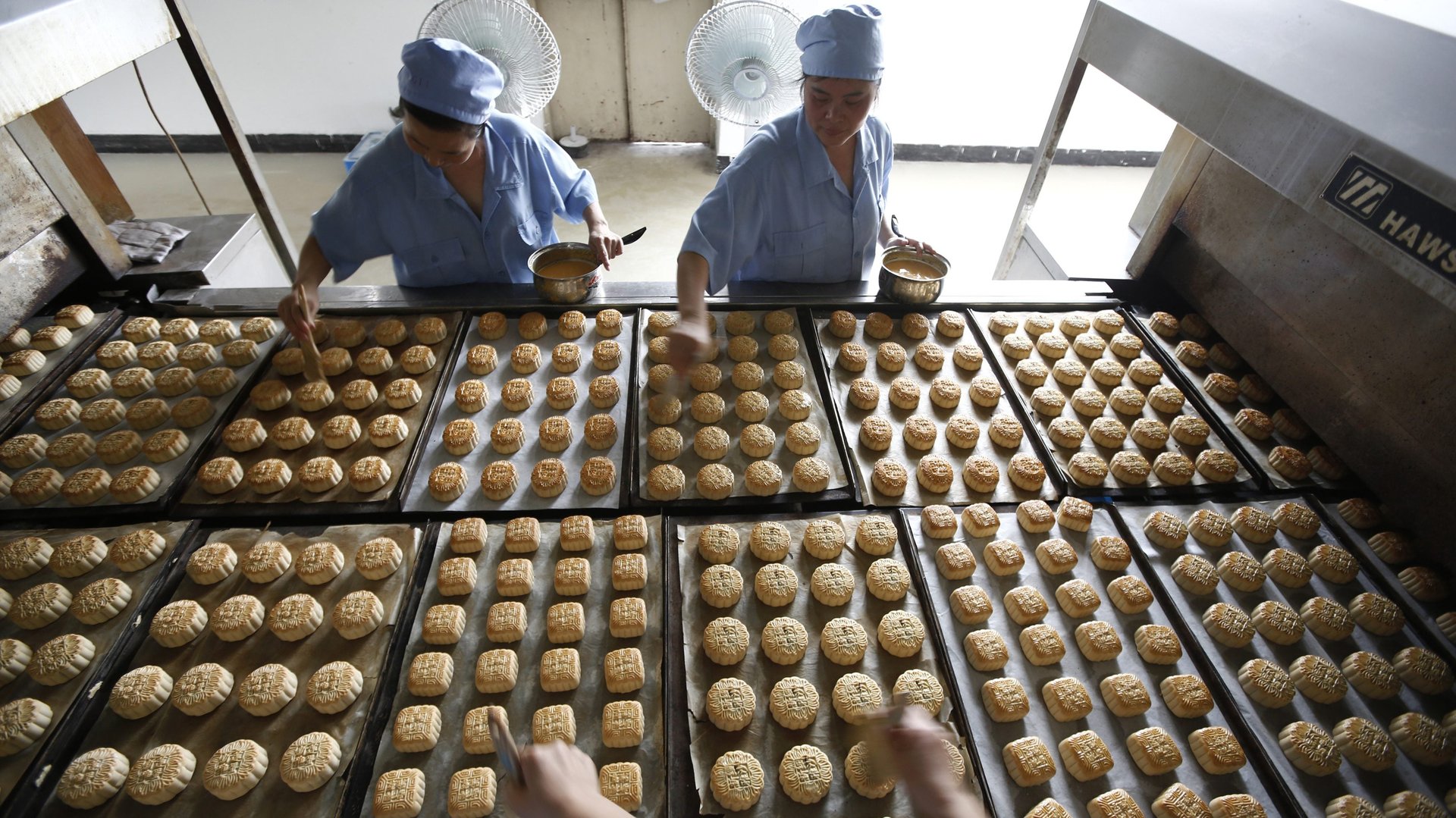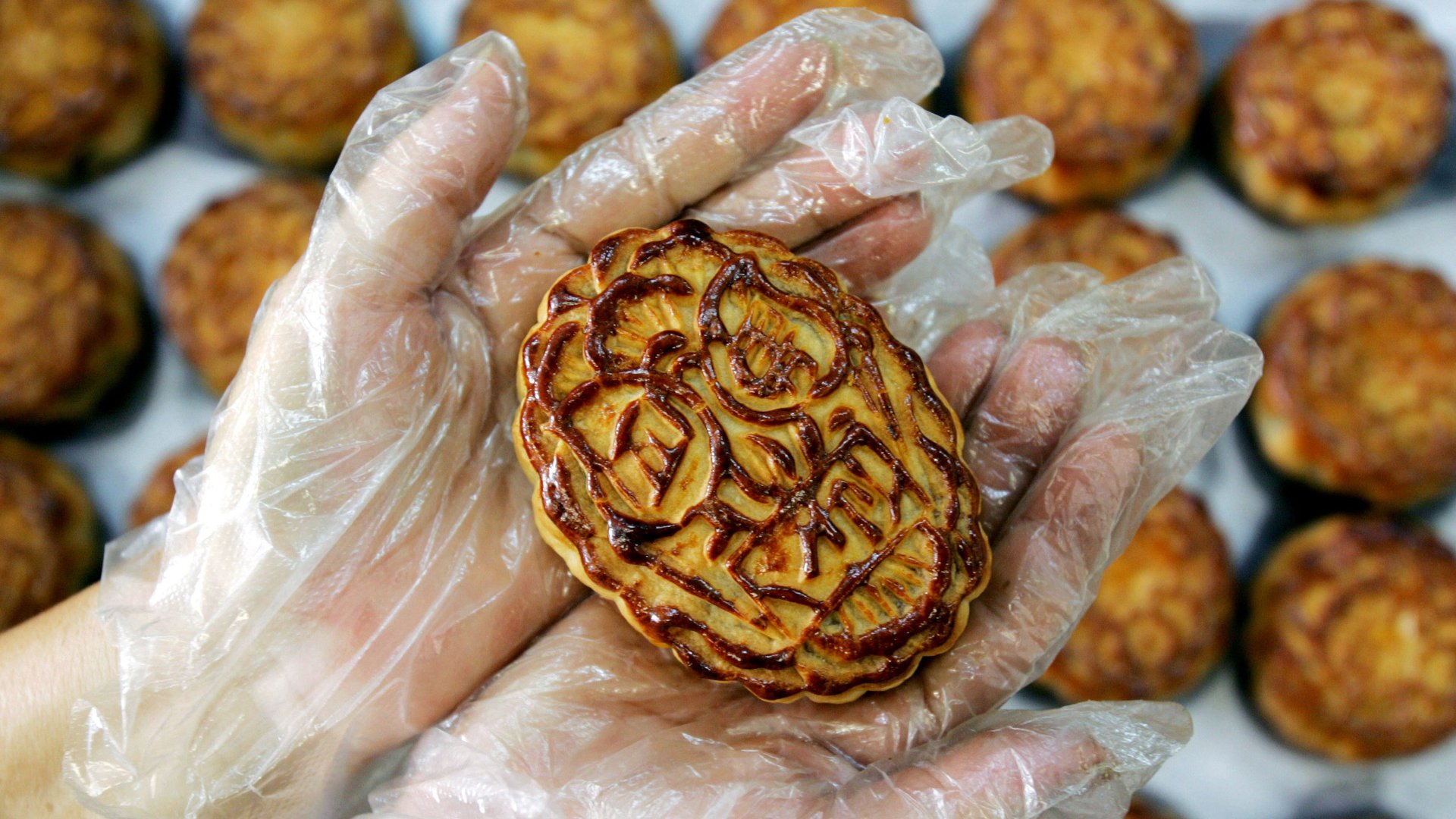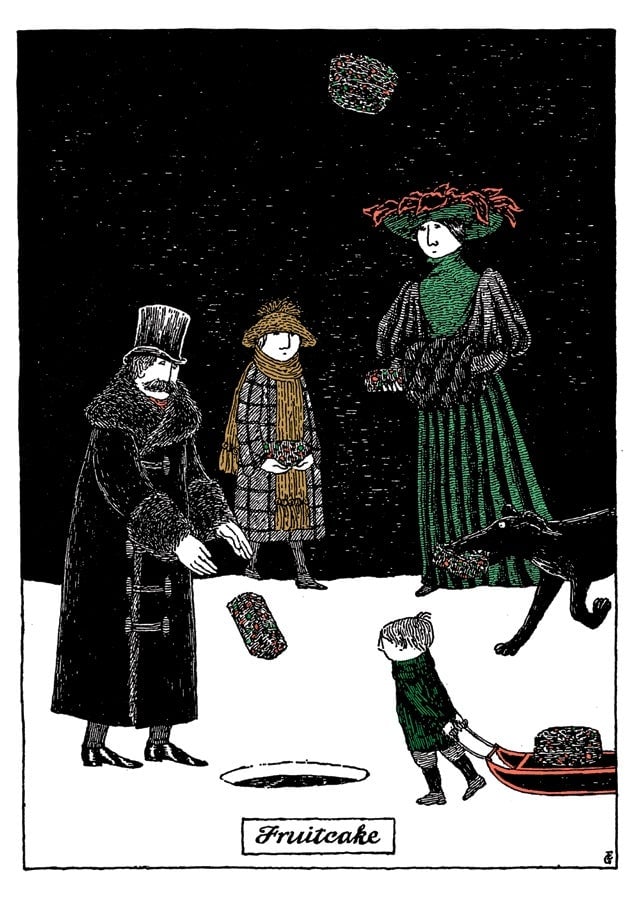The fruitcake of the East: Hong Kong will throw out a million mooncakes this mid-Autumn festival
Today is Mid-Autumn Festival in East Asia, the 15th day of the eighth month on the Chinese Lunar Calendar. It is the day in the year when you can observe the roundest, fullest moon, and also when many in Hong Kong are confronted with a nightmarish reality—too many mooncakes.


Today is Mid-Autumn Festival in East Asia, the 15th day of the eighth month on the Chinese Lunar Calendar. It is the day in the year when you can observe the roundest, fullest moon, and also when many in Hong Kong are confronted with a nightmarish reality—too many mooncakes.
For those who aren’t familiar with the tradition, mooncakes are a savory, dense, and greasy Chinese delicacy, synonymous with the Mid-Autumn Festival. Families typically gather for dinner, eat mooncakes, then take late night strolls outdoors to enjoy the sight of the full moon. The Cantonese mooncake is a traditional pastry with thick lotus seed paste, wrapped around one whole salted duck egg yolk (or two), and covered with a thin crust that is baked often with lard.

Families, friends, and colleagues are expected to offer mooncake gift boxes to each other prior to the auspicious date, even though they often do not want to receive them themselves. Re-gifting is common, but even then there’s a lot more mooncake being purchased than anyone really wants.
The tradition is not dissimilar to the western custom of giving, and re-giving, fruitcake during the Christmas holidays, but still being stuck with more fruitcake, as immortalized in this Edward Gorey illustration of Victorian holiday-makers throwing their stockpiles of fruitcake in a hole in the ice.

Greenpower, an environmental organization in Hong Kong, has published annual reports over the past 12 years on mooncake consumption habits. 68% (link in Chinese) of the people they interviewed in 2014 said they would give out mooncakes, while 69% of the same group said they didn’t want to receive any themselves.
Frankly, nobody needs the insane amount of calories (as much as 800 calories per mooncake) and cholesterol contained in each mooncake. But there’s a social expectation to give them out as a festive presents, in return for a polite but insincere “Thank you,” before the unopened box is passed on to someone else. You can’t give them out anymore after the festival is over, so there’s a game of reverse musical chairs happening right now as everyone scrambles to not be left holding too many boxes.
Even so, Greenpower says a huge amount is wasted every year: the group estimated that households in Hong Kong will thrown out 1.04 million mooncakes (link in Chinese) in 2015, down from 2.12 million in 2010.
The drop could be attributed to the rise of more fashionable mooncakes (Like Häagen-Dazs’ ice-cream mooncake) that people actually eat, or the trend towards people opting for healthier options like fruit baskets. The South China Morning Post once compiled helpful tips for dealing with the leftovers which include turning mooncakes into hairstyling paste, composting them, or simply shoving them down your throat anyway.